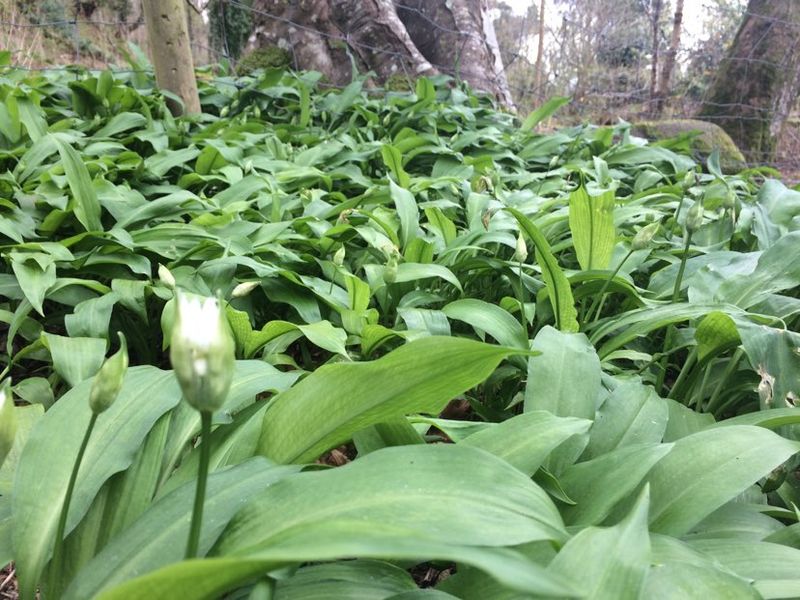My childhood back garden was lined with wild blackberry, raspberry and mulberry bushes. Foraging for berries was such a great way to fill the day, and it also filled our freezer with delicious jam and pies. I enjoyed picking berries so much that my very first job was on a fruit farm picking strawberries. (Full disclosure—as a small child still learning integrity, I totally took a bag of powdered icing sugar to work one day and enjoyed several covered berries that ‘accidentally’ didn’t make it into my work crate.)
I am so thankful that, as a parent, I can share this same childhood passion with my daughter. Our wee Scottish town is filled with wild blackberry bushes and elderberry trees. I lost count of the buckets we have filled last year. And we were recently introduced to wild garlic, a green leaf that grows in abundance. As you walk through a forest blanketed with wild garlic, it smells as if you’re walking through an amazing Italian kitchen. Foraging has been an amazing gift amid the lockdown restrictions attached with Coronavirus.
I absolutely love to forage! I am learning more and more about what items can be foraged and when to look for them, and the hidden gems often seem right under our noses. It wasn’t that long ago that families foraged and grew their own food as a main source of nutrition, and I love that this self-sufficiency/ hospitality movement is coming back. It is extremely important to understand how we come by the things we consume.
Now, yes, stepping into the grocery store and grabbing a tub of berries, or some garlic pesto, or even a bag of mint leaves is indeed easier and less time consuming than foraging. But it also misses out the brilliance and appreciation of what I’m about to consume. It removes from my mind the many hours and miles travelled to bring me this food. It also tells me that ‘this’ is what food is supposed to look like, since often grocery stores won’t put out produce with imperfections. It feeds into the same mindset as social media and fast fashion—where everything needs to be new, all the time, bright and shiny.
Foraging has a lot to teach us. It reminds us that there are seasons for everything, and in every season new things come our way. In nature, things are not accessible year-round, and we receive the best nutrition when we eat locally produced and foraged food in seasons.
When we forage for God’s love, the first thing to remember is that we go out looking for it. We don’t stay at home doing nothing, waiting for it to show up. We go on an expedition in search of the amazing harvest we hope to find. We know God’s love is present and at work in all seasons of our lives. Sometimes we might find God’s love looking like peace and comfort and other times it looks like a challenging urge into the unexplored terrain. But, at all times, it will be authentic. If we truly seek God, we will never find a genetically modified aisle of ‘perfection’– rather, we will find the raw, broken and humbled love of God through the sacrificial, foraging feet of Jesus.
God’s love is all around, and the acquisition of God’s love happens the moment we start the journey of finding it. Much like foraging—there is always something to be foraged. But without fail, our expectations are always exceeded with the quantity and quality of the love we find. God desires us to forage for God’s love—to come out into the Kingdom as Jesus showed us and see where God is at work, growing and nurturing love, and to take hold of it, enjoy it and share it with the world.
